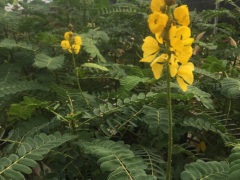
popcorn plant
Cassia didymobotrya
Run your hands through the foliage of this plant and release the smell of fresh … Continued
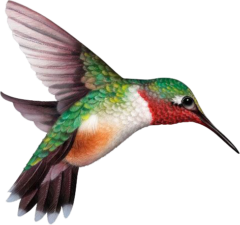 Hummingbirds, bees and butterflies are well-known pollinators, but there are thousands of unsung pollinator heroes, including moths, wasps, flies, and beetles, many mammals, birds, and reptiles, who also take on the job.
Hummingbirds, bees and butterflies are well-known pollinators, but there are thousands of unsung pollinator heroes, including moths, wasps, flies, and beetles, many mammals, birds, and reptiles, who also take on the job.
Pollinators move from plant to plant, fueling up with pollen and nectar from blooming trees, shrubs, perennials, annuals, vegetable plants, and herbs. As they move, the pollinators transport and deposit pollen, fertilizing plants and allowing them to reproduce.
Pollinator plants can be native and non-native, but not all flowering plants are equal when it comes to providing the highest quality protein-rich pollen. Many hybrids don’t even produce pollen at all. The following list includes pollen-rich plants to include in your garden to provide pollinators with food.
Local butterfly expert Lenora Larson has created these informational handouts. You can download them here!
• Butterflies: Flying Flowers in your Garden!
• A Vital Connection: Native Plants and Butterflies
• Long Lips Farm Caterpillar Foodplants
• Butterfly Bartending: Nectar Flowers
• Long Lips Farm: Selected Butterfly Nectar Flowers
• Bee Friendly: Plants for Bees and Other Pollinators
Since 1970 the population of North American birds has dropped nearly 30% — almost three billion birds have vanished from our forests, grasslands, and backyards in less than a human lifetime. It’s a chilling fact that makes it clear that we must act as individuals to help ensure their survival.
Most importantly, ninety-six percent of all terrestrial bird species rear their young on insects so it is also important to grow plants that feed insects to provide a well-rounded habitat in your garden.
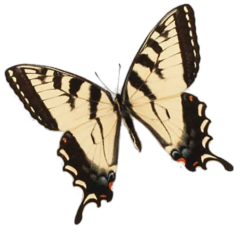

Cassia didymobotrya
Run your hands through the foliage of this plant and release the smell of fresh … Continued
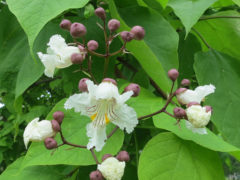
Catalpa speciosa
Showy white flowers, giant heart-shaped leaves, bean-like seed pods. Grows 40–60’ high and 20–40’ wide … Continued
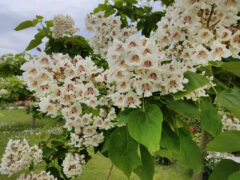
Catalpa bignonioides
Southern Catalpa is a medium sized, flowering deciduous tree with a short, thick trunk and … Continued
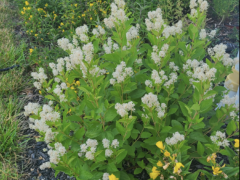
Ceanothus americanus
2025 Kansas Native Plant Society Native Plant of the Year! Named because dried leaves were … Continued
Celosia plumosa
‘Sunday’ is our plumed mix with magenta, yellow, orange, pink, and red plumes all summer … Continued
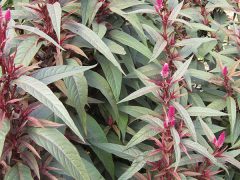
Celosia aregentea spicata
Our pink-spiked celosia is grown from seed harvested from the gardens at Monticello, where it … Continued
Celosia argentea cristata 'Chief Mix'
This celosia blooms in shades of gold, rose, apricot, and red. The structure of the … Continued
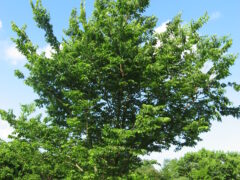
Celtis occidentalis
Tolerant of a variety of conditions. Well-suited to urban areas, it withstands wind and city … Continued
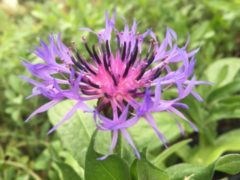
Centaurea montana
Large, glowing blue, spidery blooms all summer and into fall on 18-24″ plants. Can self-seed … Continued

Centaurea dealbata
Deeply cut, silvery-green leaves are topped with intricate cones that open up to lavender puffs. … Continued
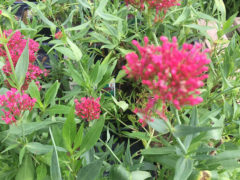
Centranthus rubra 'Red Valeriana'
Easily grown in average soils in full sun. Plants tolerate light shade. Plants prefer moist, … Continued
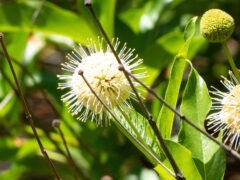
Cephalanthus occidentalis
This deciduous shrub has an open, rounded habit. Common throughout the midwest, it can most … Continued